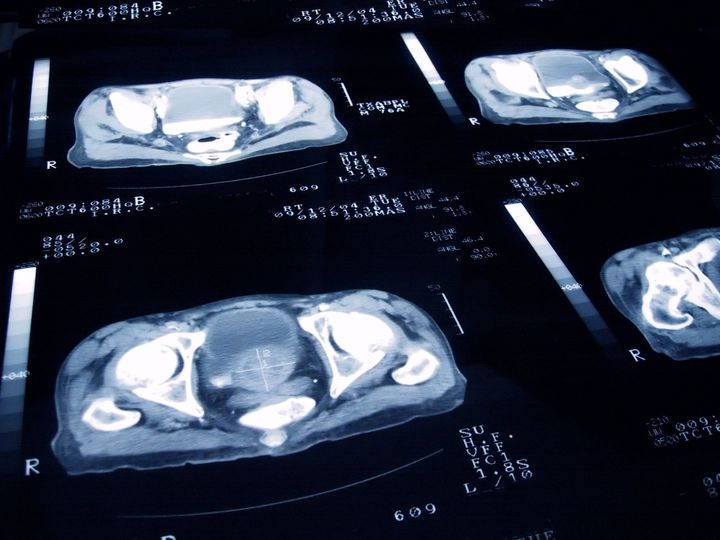A pioneering form of treatment for prostate cancer has changed the way men are being treated in cancer centres across the UK, and offers hope for those previously considered a lost cause.
Intensity Modulated Radiation Therapy (IMRT), developed by a team at The Institute of Cancer Research, London, is unlike traditional forms of radiotherapy as it is able to target a very specific tumour and have a minimal impact on surrounding healthy tissue.
In fact it has been so successful that five years after treatment, 71% of patients were alive and disease-free.

IMRT is a breakthrough because it changes the shape of the radiation beam so that it can be tailored to closely fit a patient’s individual tumour, and not spill out into surrounding areas.
This means that the dose administered can then be heightened without too much concern for the collateral damage.
In the trial, which ran between 2000 and 2010 on a group of 447 men, only 8-16% of patients experienced bowel or bladder toxicity, compared to 20% in other forms of radiotherapy.
Administered to the lymph nodes of the pelvis, a common site for prostate cancer to spread, survival rate, when the trial first started it needed a 45-minute dose but that has been reduced to only two or three minutes.
Professor David Dearnaley, study leader, said: “This technique has already proven to be a game changer for men with prostate cancer and the work done here has already been carried forward into later-stage phase II and phase III trials.”
The study has already changed clinical practice, with IMRT becoming the standard of care at major cancer centres in the UK, although it is not universally available.
“I’m excited to see this treatment become available to every man with prostate cancer who could benefit from it,” said Dearnaley.
Professor Paul Workman, Chief Executive of the ICR, said: “Radiotherapy is often seen as perhaps old-fashioned and crude compared with other cancer treatments – but nothing could be further from the truth. Radiotherapy today has been enhanced far beyond recognition since its first use over a century ago, and is now a highly precise, incredibly sophisticated treatment.”
